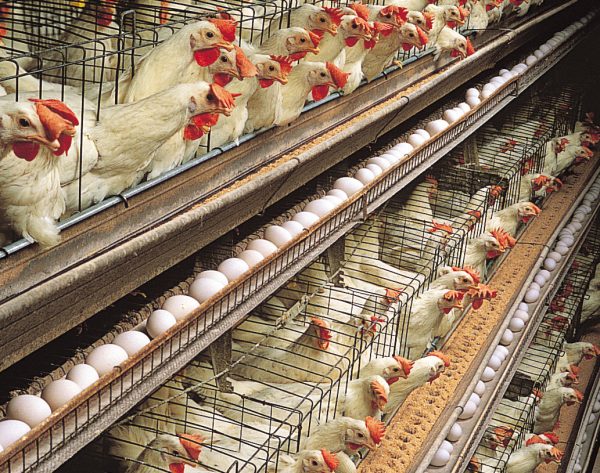The government of Ethiopia has announced plans to shift from beef to chicken production as part of plans to deepen its emissions cuts and increase its climate resilience by 2030.
Despite having the most livestock in Africa, the government has identified agriculture as a priority sector to help create rural employment opportunities, boost exports and help achieve economic growth of 10% a year over the next decade.
“Urbanisation and a growing population is expected to increase demand for meat, which risks driving up methane emissions. Cattle belch methane, which has a stronger warming effect than carbon dioxide. To limit methane emissions, the government wants to increase the share of poultry, fish, and small ruminants. Under its updated climate plan,” said Fekadu Beyene Aleka, commissioner for the environment, forest and climate change commission of Ethiopia.
Vision 2030
By 2030, the government wants to increase the amount of commercial chickens sold from 33,000 tons to nearly 81,000 tons and produce nearly five times more sheep and six times more goats. The plan includes replacing cattle and oxen used as working animals with tractors and improving the health and productivity of cattle to produce more diary and meat per animal.
The measures are projected to reduce emissions by 7.6% compared with business as usual by 2030 – subject to international finance. The country estimates it would cut emissions nearly 69% below business as usual in the next nine years, conditional on 80% of the $316 billion price tag coming from international sources.
Ethiopia contributes just 0.04% to global emissions and has 1.5% of the global population. With national resources alone, Ethiopia pledged to cut emissions 14% below business as usual by 2030 – which would see emissions increase slightly compared to 2010. The calculations are based on a revised 2010 baseline, which reflects updated economic and emissions data.










[…] Source link […]
Comments are closed.